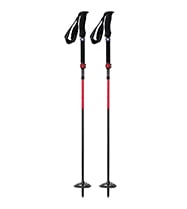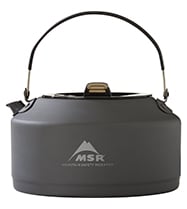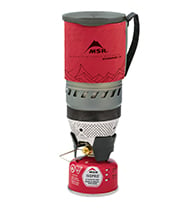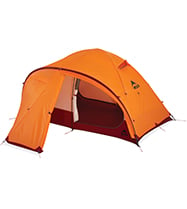Exploratory Mountaineering – The Tien Shan Mountains
16 Days and 8 First Ascents in China’s Tien Shan Mountains
The Tien Shan range in China is ideal for exploratory mountaineering expeditions. There are hundreds of valleys, each with handfuls of unclimbed peaks and each mountain with plenty of route options. A lot of the routes can be simple mountaineering, but you can choose a line more demanding and direct. Although a lot of these peaks can be easily climbed it’s important not to underestimate the experience needed to safely climb in the mountains, as well as having the correct mountain equipment.
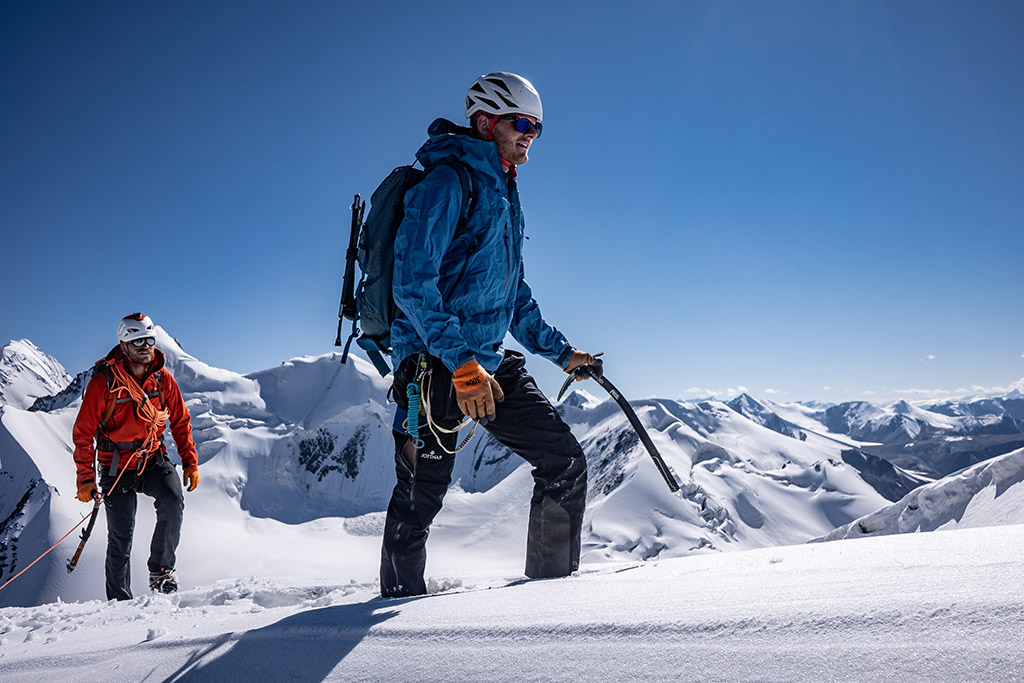
I had never experienced exploratory mountaineering before—it had always been daunting. I wanted to make sure I had enough experience to make the most of any unclimbed mountains before an opportunity arose. It had taken me years to gain enough experience for the confidence to start expedition climbing. It was a slow progression over the years, learning as I went. I started with winter mountain walking in the UK and then progressed to winter climbing in the Scottish Highlands, before finally venturing out to the big peaks in the Mont Blanc massif. There are plenty of courses out there (some of which are subsidized) that will equip you with the skills to climb safely. Though progression can take some time, experience counts for a lot in the mountains.
And now, here we were.
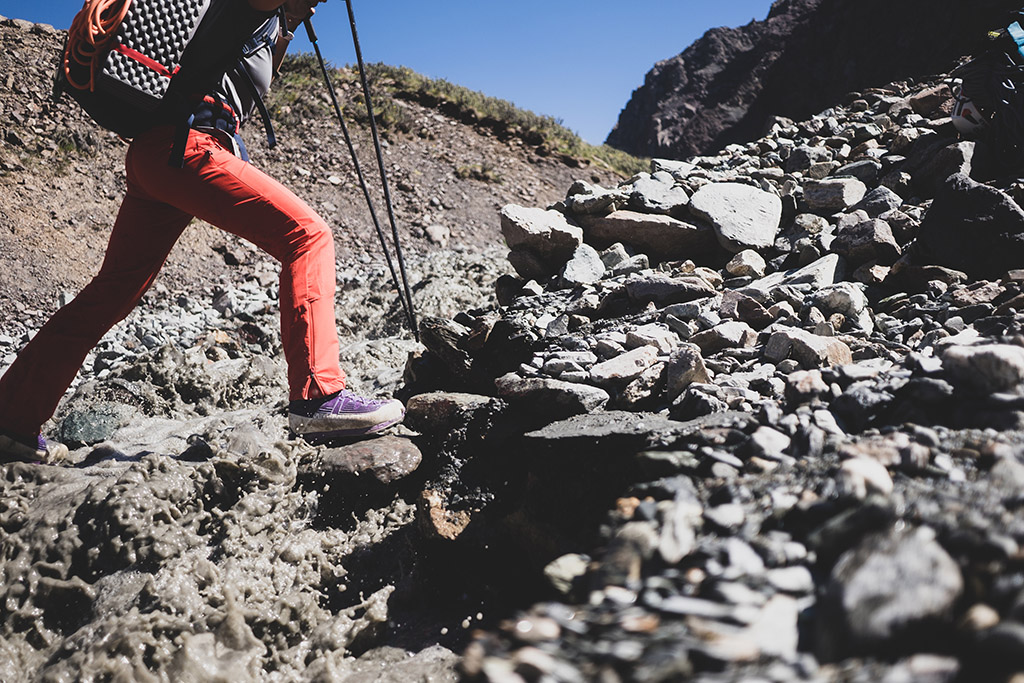
DAY 1
We drove for five hours over rough tracks, through rivers and over makeshift bridges, heading deeper into the valleys of the Tien Shan mountains. Each valley led to another, branching off again and again until finally, a wide river stood between us and our basecamp. We had driven hundreds of kilometers but as the crow flies, we were only 50km from our hostel.
The Kamaz 4×4 had left at 4 am this morning, aiming to reach this river as early as possible in order to cross it. The glaciers start to melt during the day, feeding the rivers until they become an impassable torrent. Our driver surveyed the river banks, looking for an opportunity to cross. Lurching forward down into the murky river the water rose above the huge tires before crawling out the other side and into the alpine meadow that would be our home for the next two weeks.
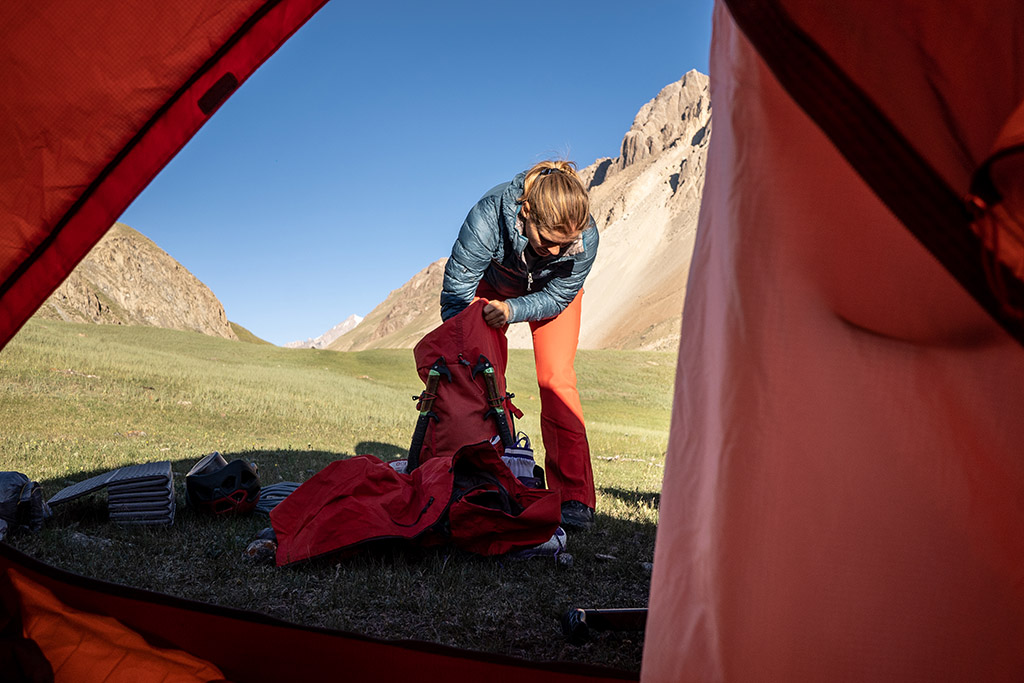
The team had a busy morning setting up basecamp, including necessities such as sourcing water and setting up the filtration system, putting up our mess tent and digging a latrine, and personal touches like clotheslines and solar panels. My wife Ewa and I set up our MSR Remote 2 tent at basecamp, spacious enough to hold all our kit for the next 16 days. We sat in the meadow and studied our proposed route, utilizing old Soviet maps as well as modern 3D counterparts on our phones. There was a good weather window on the horizon and Ewa and I planned to make the most of it. We were pre-acclimatized from climbing in the Swiss Alps so we decided to make the hike to advanced basecamp that afternoon.
We felt confident with our route and objective. The exploratory nature of this expedition was so different from how we normally operated in the Alps. No condition updates, route reports, GPS files or digital topos of the climbing route. We didn’t know what gear we would need, what type of climbing we would encounter. We relied on experience and skill to climb the unknown.
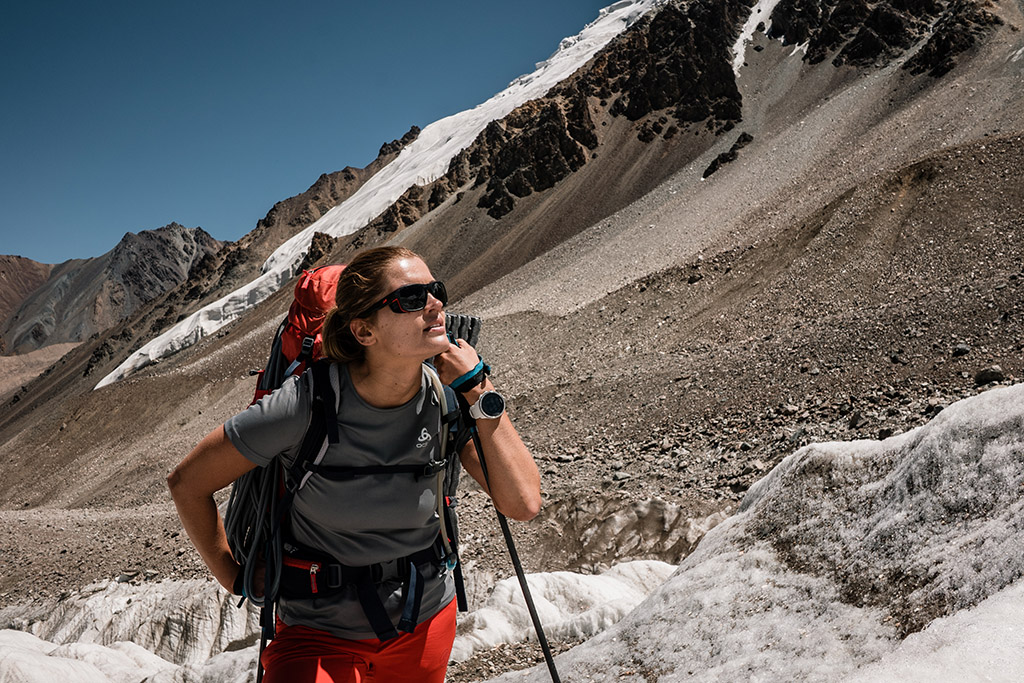
DAY 2
In the morning we navigated the seracs at the bottom of the north face. The snow was hard and compact underfoot, a good sign for the imposing 200m wall in front of us. The gradient started at around 45 degrees, increasing a bit in the middle before relaxing at the top. The frozen snow wouldn’t hold ice screws, but we roped up and climbed together, hoping to find some ice. We were unable to protect or rest on the steep face, so we took a momentary breather on the west ridge straddling the snow, one half of us in the sun and the other in the shadow of the north face. We refueled and headed west to the summit, taking on one false summit after another.
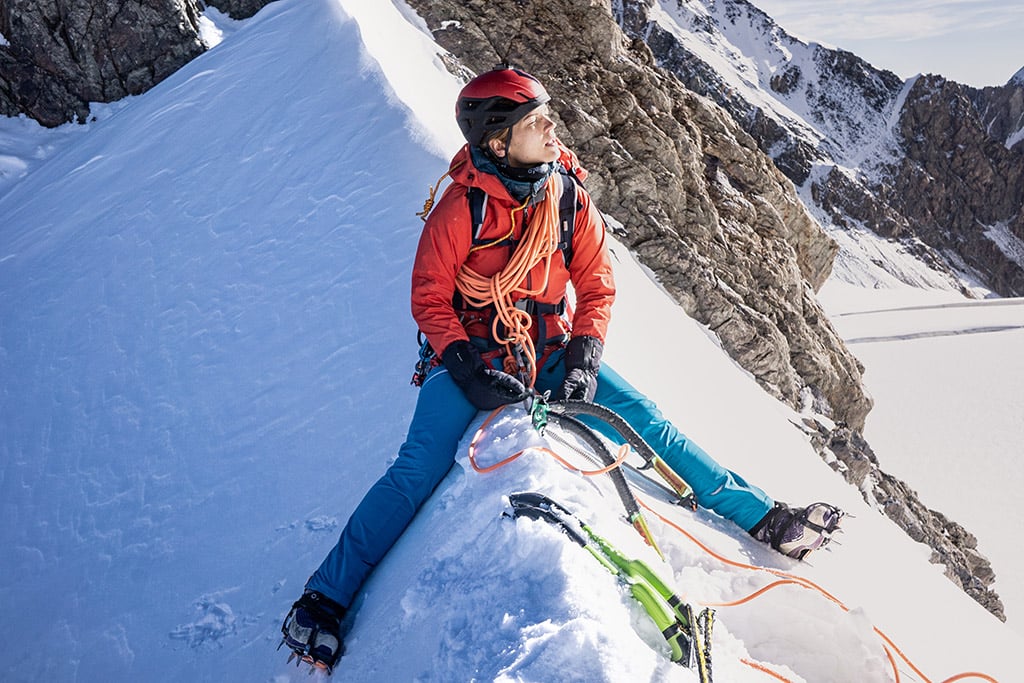
Standing on the summit we took in the view, a perspective no one had seen before. I felt privileged to stand where no one else had ventured before, and the unique view was our reward for the climb. A huge sense of accomplishment overwhelmed me, not just about the achievement but about doing it together with my wife. We looked across the valley; the view offering us insight for potential routes on other two 5000m mountains, invaluable firsthand information for the coming days.
The team was also successful in ticking off another 4000m peak in the area. Back at basecamp, we shared our findings; possible routes, objective dangers like areas of high crevasses or hanging seracs. We lapped up the information, ready to return to our new objectives after a rest day or two.
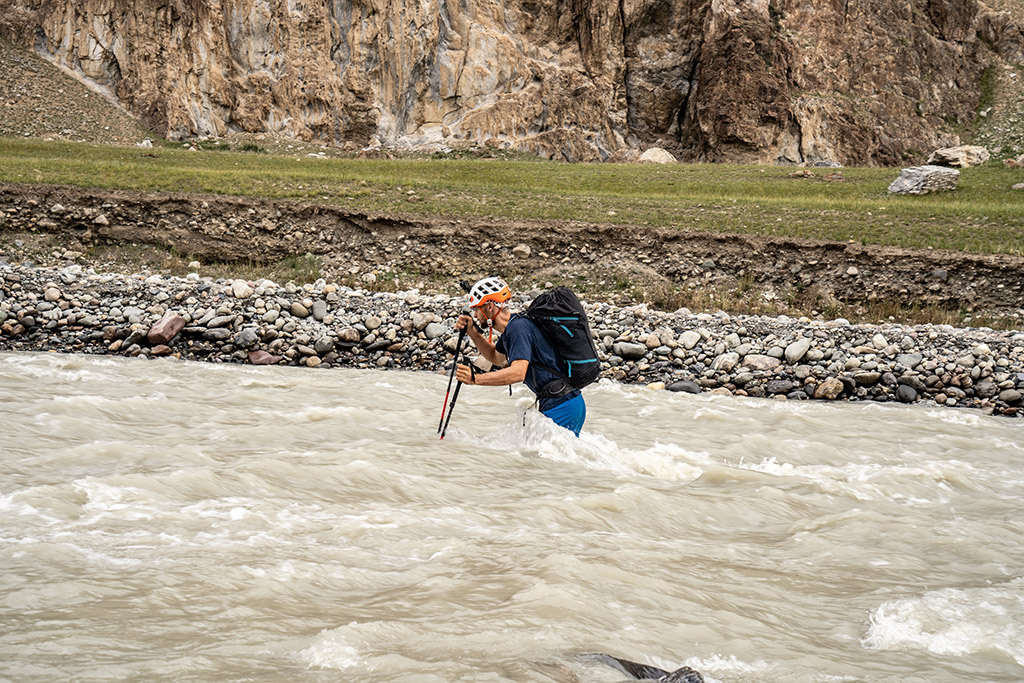
DAY 4
Our water barrel was filled up daily. Each morning we would take the small goat track to the water’s edge. It was clearest in the morning when the river was placid and hadn’t disturbed the silt. We had erected a tripod to hang our MSR Guardian Gravity to purify the water for drinking. The weather report came in each day at 3 am, giving us the chance to start planning our next goal.
From the summit of our previous mountain, we saw the other two 5000m peaks. They were a lot more complex to climb but a couloir led to a higher plateau and hopefully up to the 5000m peak. This would be our next objective.
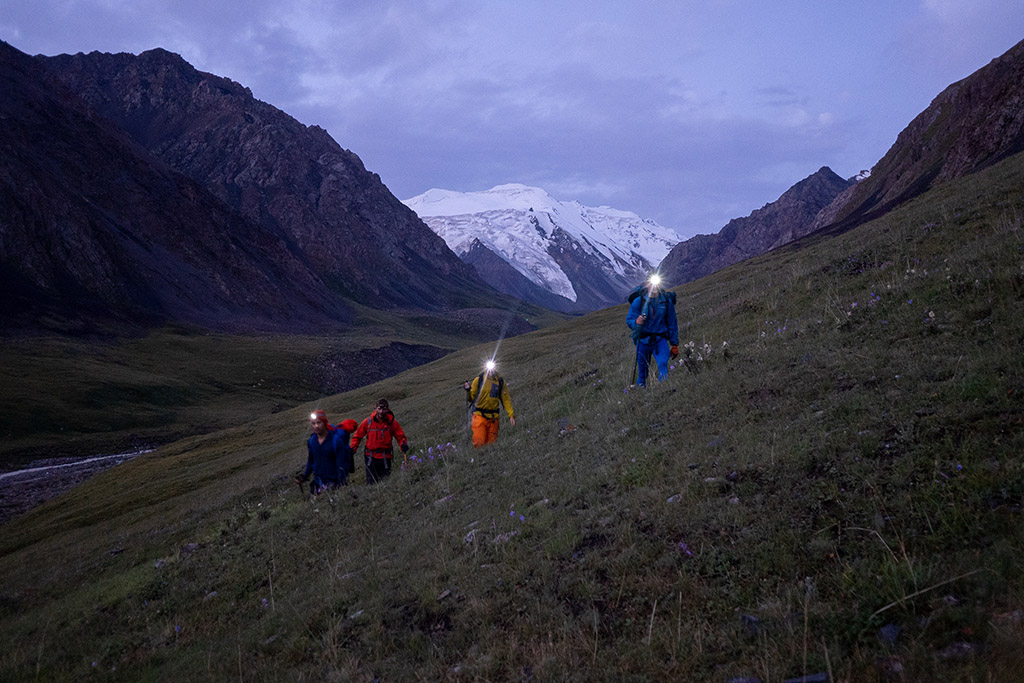
DAY 5
We gathered our gear and made the slow walk up to advanced basecamp. The walk was tiresome; river crossings and undulating ground broken by hundreds of marmot holes. My MSR DynaLock™ Ascent carbon trekking poles took a beating but held up across the fields of mossy rocks slippery from the morning dew.
As the clouds grew dark, Ewa and I placed our tent at the foot of the glacier. It wasn’t as close to the climb as we wanted, but at least it meant we could go light and fast in the morning and leave our bivy kit behind. It also meant we could get the weather report from the team bivying up in the tent beside us. Only our axes and walking poles stayed outside the tent, everything else came inside despite the lack of room. Our climbing hardware hung from the roof, a rope divided our beds—matching Therm-a-rest Oberon 0˚F/-18˚C sleeping bags and Z Lite Sol pads—and our boots acted as pillows.
The familiar sound of rain on taut fabric tapped away, picking up the pace until a frenzy of precipitation battered our tent. It was unrelenting and lasted right up until our 2:30 am alarm. The fresh snow on the hill would hinder our climbing and we opted to head back down to the main basecamp. In the following days, the bad weather slowed our momentum; we needed a hot spell and some wind to climb safely again. With the surrounding peaks around our basecamp now frosted with snow, we knew the higher peaks would be challenging.
DAY 13
The teams had one more opportunity to head up to advanced basecamp and secure another climb. Six of us left early for the long walk in. To our east lay another 4000m peak, already climbed by a team in 2009, but wanting to make the most of the weather and our remaining time we decided to climb the peak via a new route.
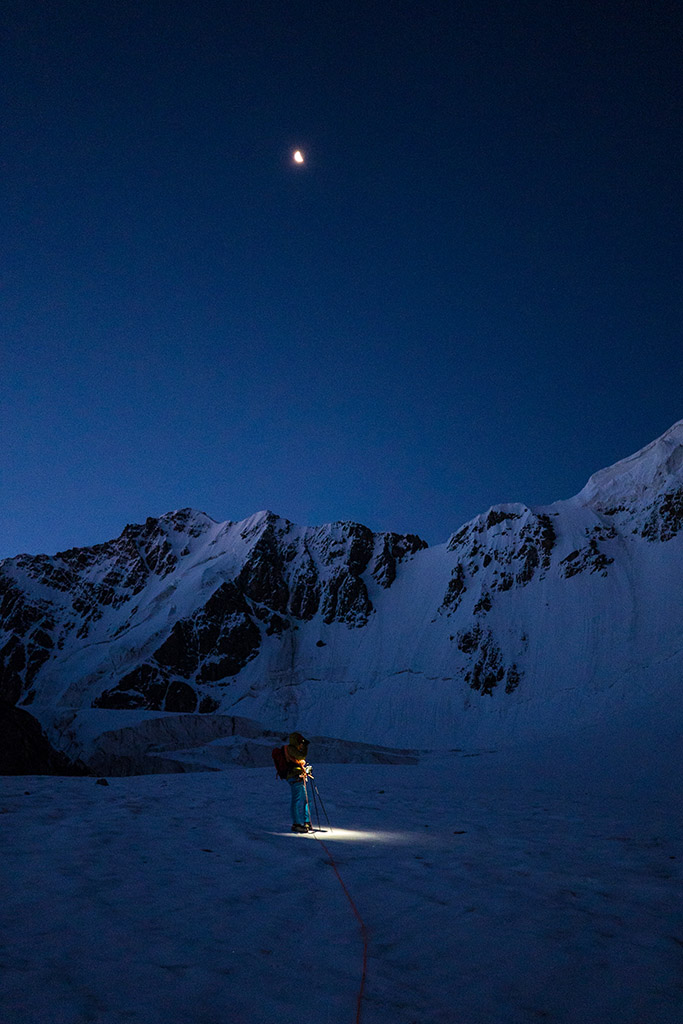
DAY 14
Ewa and I would climb together alongside Joe and Will. Leaving at 2:30 am we gained the glacier; the amphitheater was illuminated by the moonlight and at the back our couloir awaited. Biding our time at basecamp and waiting for good conditions seemed to have paid off—the couloir was in perfect condition. We cruised up the left-hand side, simul-climbing while protecting the climb with rock gear in the sturdy granite to our side. Once we topped out we were greeted by the sun and a new playground of opportunities as we looked across the plateau. Unfortunately, the plateau had trapped a lot of the snowfall and we waded through for the next hour to get our eyes on the 5000m peak for the first time.
The mountain was complicated, with hanging seracs and cornices hindering the easiest access on the west ridge and a rock band blocking the east. The clock was ticking and we didn’t want to be climbing that sort of terrain during the midday heat. We split off into two teams again—Ewa and Will would climb another unsummitted 4900m mountain to the west while Joe and I would attempt a route up to the ridgeline and judge it from there.
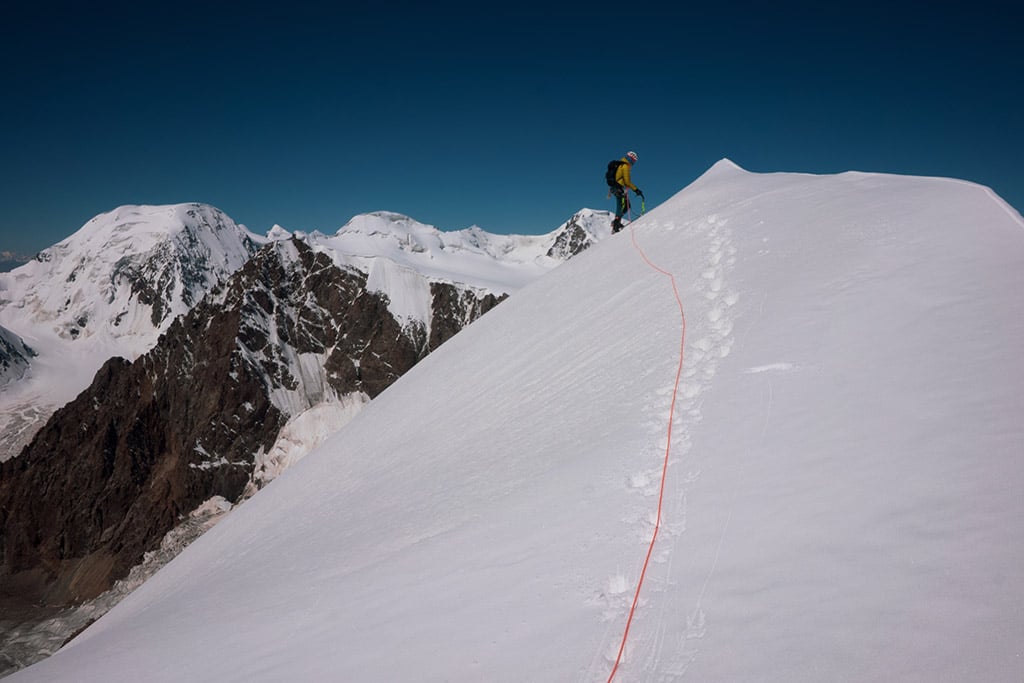
A few weeks before this expedition I had attempted climbing the north face of the Matterhorn. We bailed 2/3rds of the way up due to bad conditions on the face, but these sorts of experiences put me in good stead for climbing similar mixed terrain. I led a pitch of 50-degree frozen snow before traversing into a steep mixed gully. I was in my element, enjoying the moves of ice and rock, torquing my axe in cracks and placing my crampon points precisely on small edges of rock. I felt comfortable at this grade. Before I might have been at my limit, not enjoying the moment, but now I was hoping the route wouldn’t end. But it soon did. As I belly-flopped over a cornice onto wet deep snow, I looked further up the ridge and knew it wouldn’t be safe to continue. Joe climbed up to me enjoying the moves as much as I had, and we both made the decision to retreat and meet the other two now waiting on the plateau.
I would often be regretful about not accomplishing a summit, especially with the decision to turn back. I would often think that maybe I should have just continued. But I try to make days on the mountain more about the experience than the objective. That way unaccomplished goals don’t diminish the day as much. It becomes more about the people you climbed with, the conversations you had, and in our case the overall team accomplishments and not about the individuals. For that reason, I am so proud of Ewa gaining another unsummitted peak with Will.
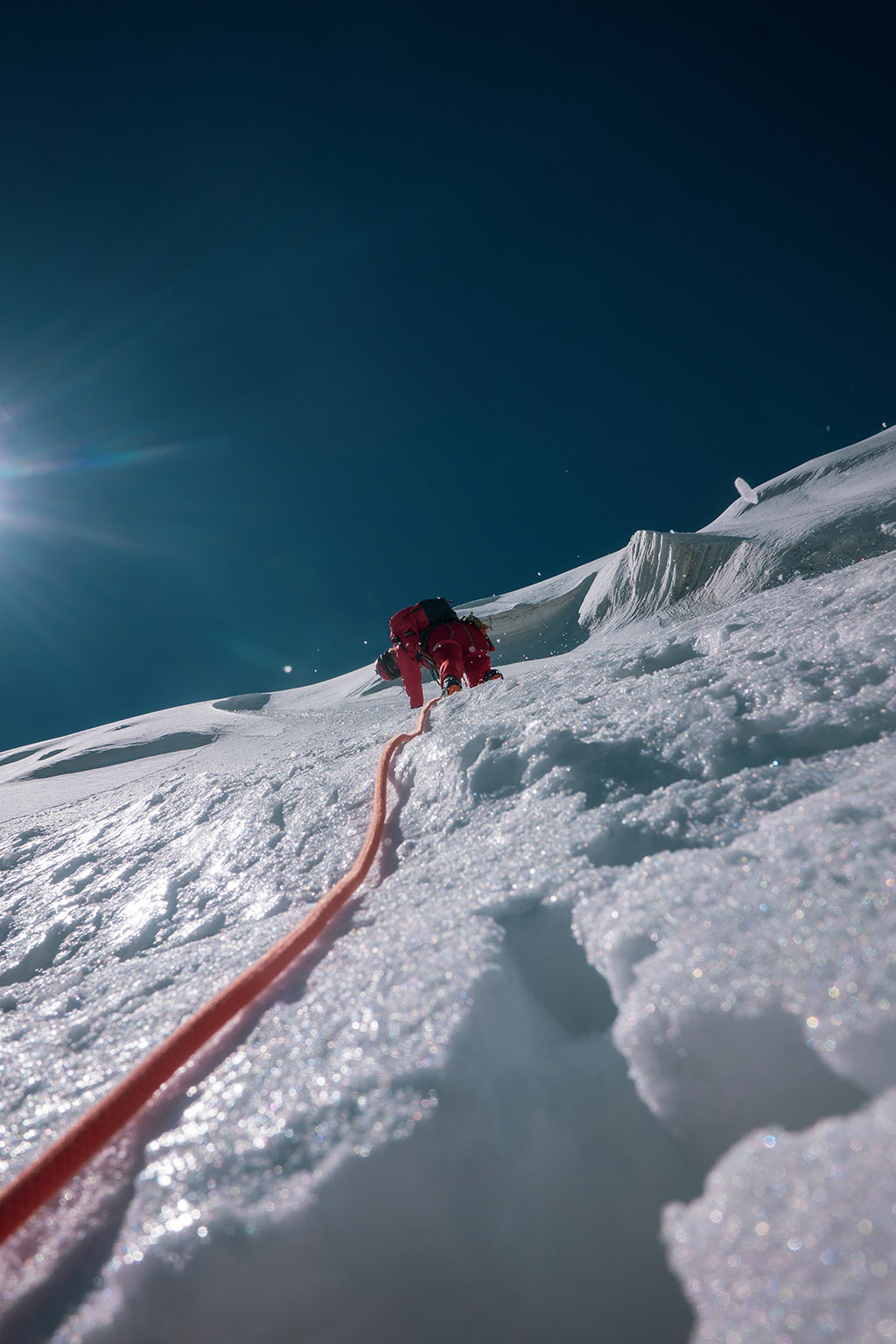
We started the long abseil back down the couloir knowing this would be our last day at altitude. The Kazmat would arrive in the next few days, crossing the river once again before driving us back to Karakol.
DAY 16
We drove away from basecamp, leaving no trace behind. We had spent the last two weeks together with people we had never met, a group of different personalities climbing together in the remote mountains of the Tien Shan. The success of the trip was a testament to how well the team worked together. Seven first ascents of 4000m peaks, one first ascent of 5000m a peak and four second ascents. But the success of the expedition wasn’t just measured by the ascents, but by the decision making, the planning and the relationships we made.
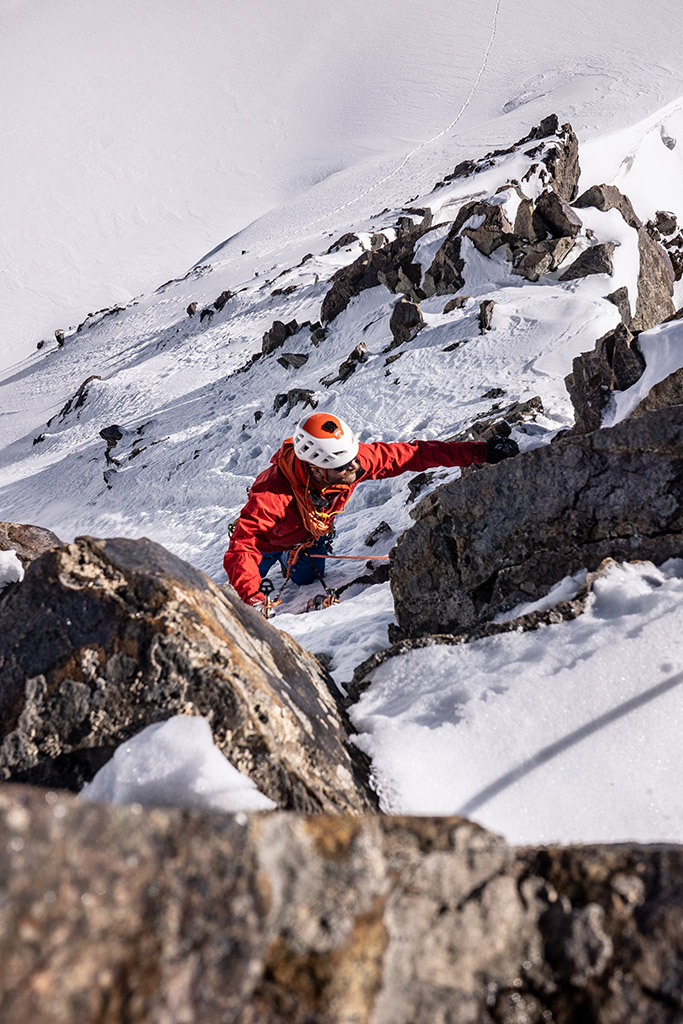
Getting into Mountaineering
No matter what sport I participate in, I’ve always thought the “mentorship” method of teaching suits me most. I started mountaineering by slowly gaining experience and progressing to harder, more remote and more serious objectives. I think it’s important to be proactive—opportunities don’t always land in your lap—get involved in the community, online and in meet-ups and clubs. There are also courses out there that will pass this knowledge onto you intensively in a week or two.
However you get into mountaineering, I hope you enjoy it as much as I do. It’s given me some of the most memorable and hardest days of my life and I keep going back for more.
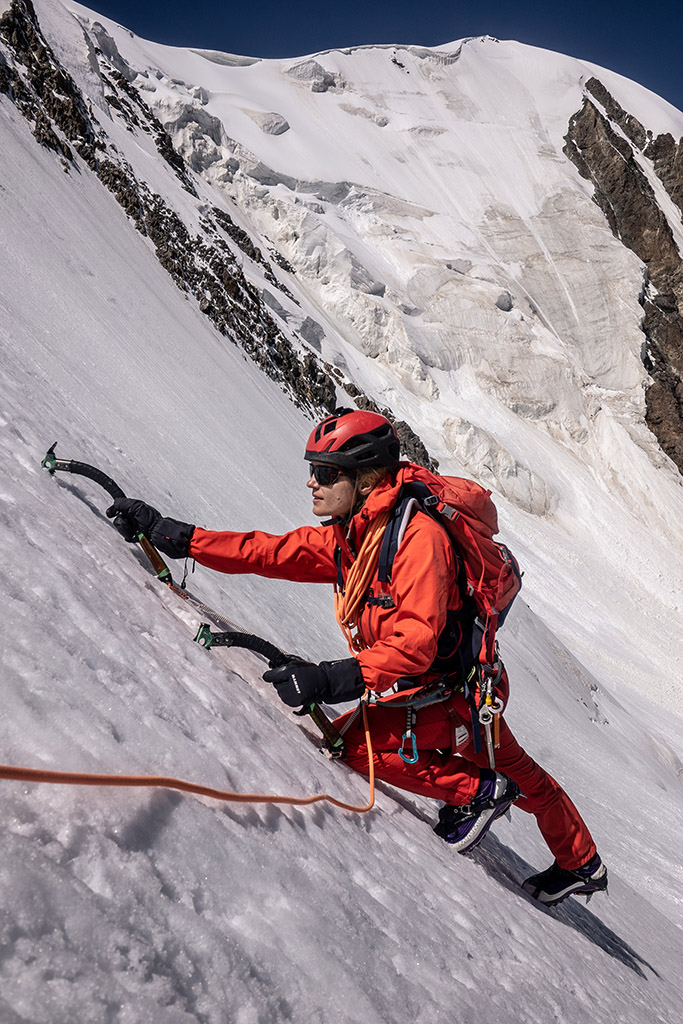
Expert Climbing Tips
- Your gear is your lifeline; look after it as such, service it if needed and never be complacent with gear on the hill. Packs will fall off the mountain, gloves will blow away in the wind and helmets will slide down that hill, and on that note, always bring spare gloves!
- If there is doubt, there is no doubt. Avalanches, bad weather, taking chances: If you need more experience to make a risky decision, take a step back and go back another day, the mountain will always be there. It’s been a successful day if you manage to get back down safely.
- Efficiency! With moving in the mountains, morning routines and packing, light-and-fast has always been an alpine climbing mantra, and it can be the difference between you getting caught in a storm or not. Learn to move fast but safely. This could mean learning different knots or alpine movement techniques.
- Preparation and getting your skills up to scratch: experience will come with time but skills can be learned quickly. Research the weather and conditions as well as the route and descent. Use online resources; forums, groups, clubs and alpine huts can all offer great insights to routes and conditions.
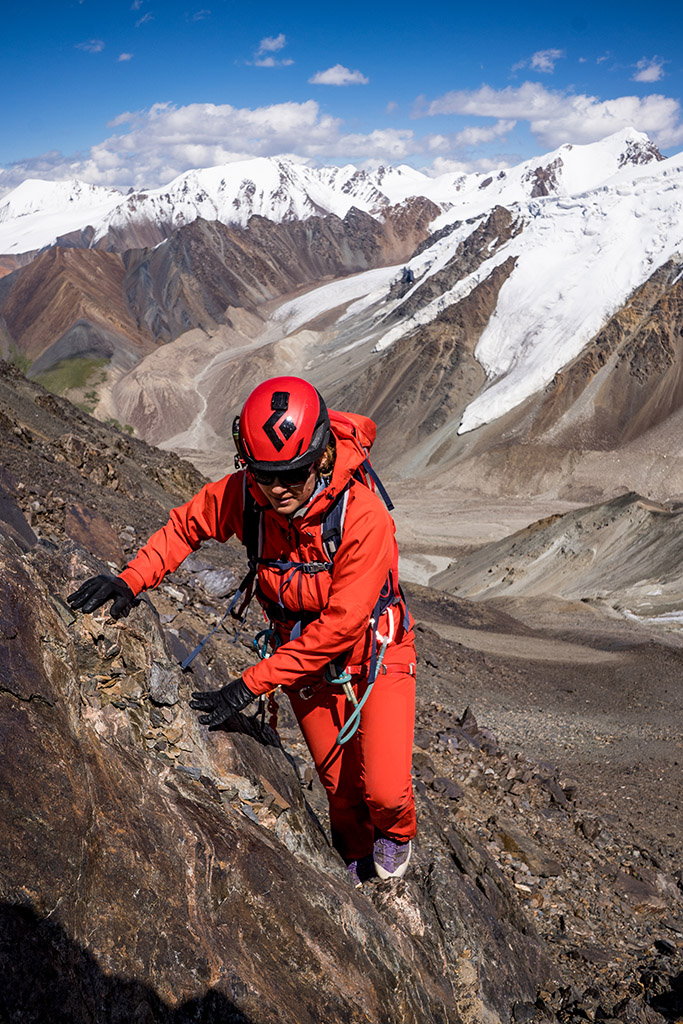
Our Gear List for the Tien Shan Expedition
- Camp Gear
-
- Basecamp tent: MSR Remote 2
- Advanced basecamp tent: MSR Advance Pro 2
- Sleeping bag: Therm-a-rest Oberon 0˚F/-18˚C sleeping bag
- Sleeping pad: Therm-a-rest Z Lite Sol
- Pack: 45L alpine rucksack
- Gear bag: 100L+ Exped rucksack or duffel bag
- Cooking
- Climbing
- Harness
- Crampons
- Helmet
- Set of cams
- Set of nuts
- 10 ice screws
- Pair of technical ice axes
- MSR DynaLock Ascent carbon trekking poles
- 60m double ropes
- 2 x 60cm slings
- 12 quickdraws
- 7 screwgate carabiners
- Locking pulley
- Ice threader
- Prussik cord
- Spare cord 20m
- Belay device
- Clothes
- 2 x softshell pants
- 1 x hardshell pants
- 1 x hardshell jacket
- 4 x merino wool underwear
- 4 x merino wool socks
- Beanie
- Cap
- B3 mountaineering boots
- Down jacket
- 2 x midlayers
- 2 x long-sleeve base layer
- 4 x merino wool T-shirts
- Accessories
-
- Headlamp
- Sunglasses
Related Posts:
- Ski Mountaineering: Gear List & Tips to Get Started
- Winter Climbing: 9 Tips for Getting Started
- Best 4-Season and Mountaineering Tents by MSR
—
 Tim Howell
Tim Howell
Tim spent 7 years as a Royal Marine; becoming a Mountain Leader and cold weather warfare instructor. Since leaving, he pursues his passions in mountaineering and wingsuit BASE jumping, setting challenges in remote corners of the world.

